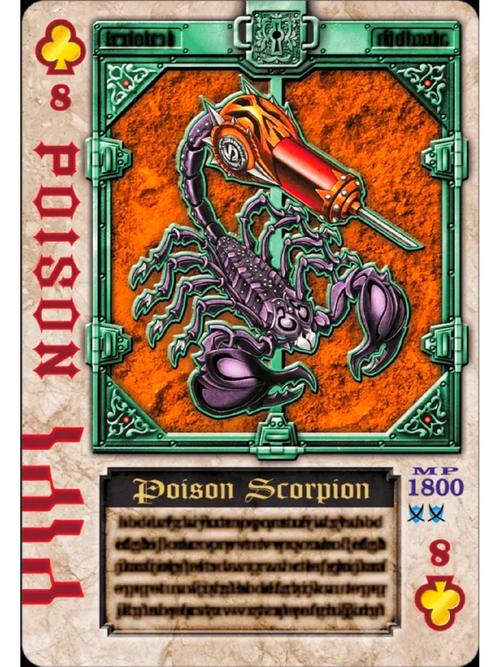
Treat Bee Bite: A Comprehensive Guide
Being stung by a bee can be an unpleasant experience, but knowing how to treat a bee bite can help alleviate the discomfort and prevent complications. In this article, we will delve into the various aspects of treating a bee bite, from immediate first aid to long-term care.
Understanding Bee Stings
Bee stings occur when a bee injects venom into your skin. This venom can cause pain, swelling, and redness at the sting site. In some cases, it can trigger an allergic reaction, which can be life-threatening. It’s important to identify whether you are allergic to bee venom before treating a bee bite.

| Signs of Allergic Reaction | Description |
|---|---|
| Swelling | Swelling around the sting site or in other parts of the body |
| Hives | Itchy, raised welts on the skin |
| Shortness of breath | Difficulty breathing or wheezing |
| Lightheadedness or fainting | Feeling dizzy or passing out |
| Abdominal pain | Pain or cramping in the abdomen |
If you experience any of these symptoms, seek medical attention immediately.
Immediate First Aid
When treating a bee bite, it’s important to act quickly. Here are some steps to follow:
-
Remove the stinger. If the stinger is still attached, scrape it out with a credit card or the edge of a piece of paper. Do not use tweezers, as this can push more venom into the skin.
-
Wash the sting site with soap and water to prevent infection.

-
Apply a cold compress to reduce swelling and pain. You can use a bag of ice wrapped in a cloth or a cold, wet washcloth.
-
Take an over-the-counter pain reliever, such as ibuprofen or acetaminophen, to help alleviate pain and inflammation.
Long-Term Care
After treating the immediate symptoms, it’s important to take care of the sting site to prevent infection and promote healing. Here are some tips:
-
Keep the sting site clean and dry. Change bandages regularly if necessary.
-
Avoid scratching the sting site, as this can lead to infection.
-
Apply aloe vera or a hydrocortisone cream to soothe the skin and reduce itching.
-
Stay hydrated and eat a balanced diet to support your immune system.
Preventing Future Bee Stings
While it’s impossible to prevent every bee sting, there are steps you can take to reduce your risk:
-
Avoid wearing bright colors or floral patterns, as these can attract bees.
-
Do not swat at bees, as this can provoke them.
-
Stay away from bee hives and other areas where bees are known to gather.
-
Consider wearing protective clothing, such as long sleeves and pants, when spending time outdoors.
By following these steps, you can effectively treat a bee bite and reduce your risk of future stings.





